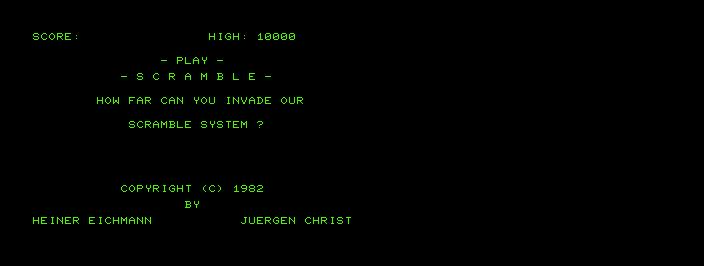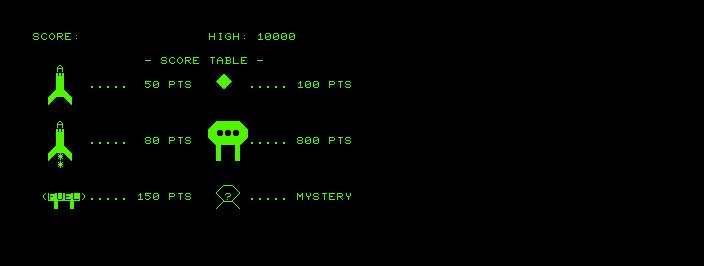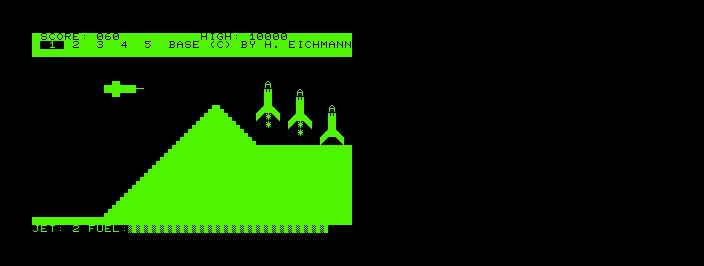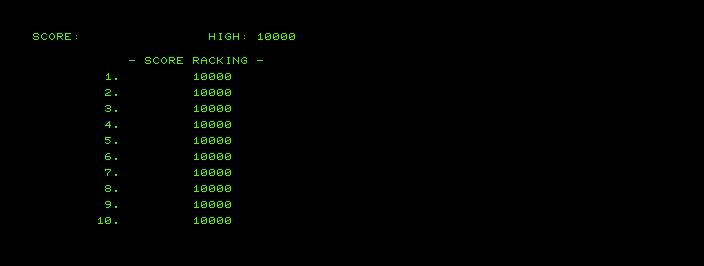Interview with Heiner Eichmann
At that time (early 80s, I think) I already had a Commodore PET or CBM 4XXX. There were not many games around, so I started to learn programming.

Q: What inspired you to write the game Scramble? Was there a 40-column screen version?
Scramble was quite popular but also quite expensive in gambling halls. So we decided to write it for our own. It was our first and only software project of that size. It was written directly into the computer’s memory without any source code—a way no one would write software nowadays. To my knowledge, it ran on 40-column screens only.

Q: Did you write any other PET games or other Commodore platform games?
When Scramble was done, I had to finish school, and afterwards, I found no time to write games.
Q: Do you recall what Juergen Christ's role in the game was?
Jürgen made the level design and I think the sound.

Q: How did you learn 6502 programming?
Self-study. There were some books around describing the Commodore operating system in detail and one describing the 6502 instruction set (I think from MOS). I must add that the old 8-bit CPUs had a very simple instruction set, which was easy to learn.
Q: Do you follow the current retro scene at all?
Actually, no. I know that there are emulators around and I installed one some time ago, but I did not use it really often. I also tried to get a copy of my old Scramble game, without success so far. Maybe, the copy protection I added to the game was successful!

Q: What can you tell us about the copy protection used on this game?
At that time copy protections were indeed rare. I think I remember the following: The first bytes of memory were used by the OS. Starting at a specific address, I think it was 0x400, the basic program was loaded. But the software stored on the tape had a prefix defining the memory the program had to load into (usually 0x400). The trick was that the bytes immediately before 0x400 were unused, so Scramble started a few bytes before 0x400. If someone loaded it into memory and saved it using the save command, the copy would start at 0x400 and this copy would miss those few bytes.
The protection involved some letters of my name appearing on the screen: in one of the game’s levels, some objects are moving up and down. The exact point to change the moving direction was calculated using the letters of my name written on the screen. If they are unchanged, everything is fine. If some hacker replaced my name, some of these objects would not turn their direction, leave the screen, and after some time, would move through the memory of the program itself. So if someone changes my name, the game runs for a while (quick check: game works) but crashes later.
What happened after writing Scramble: It was sold by a British company, I think it was Supersoft. I’m sure I told them about the copy protection, but I can't remember the outcome. Maybe I removed it so that they could copy it for sale.
Very old stories. I hope I remember correctly and that reading it wasn’t too boring. :-)